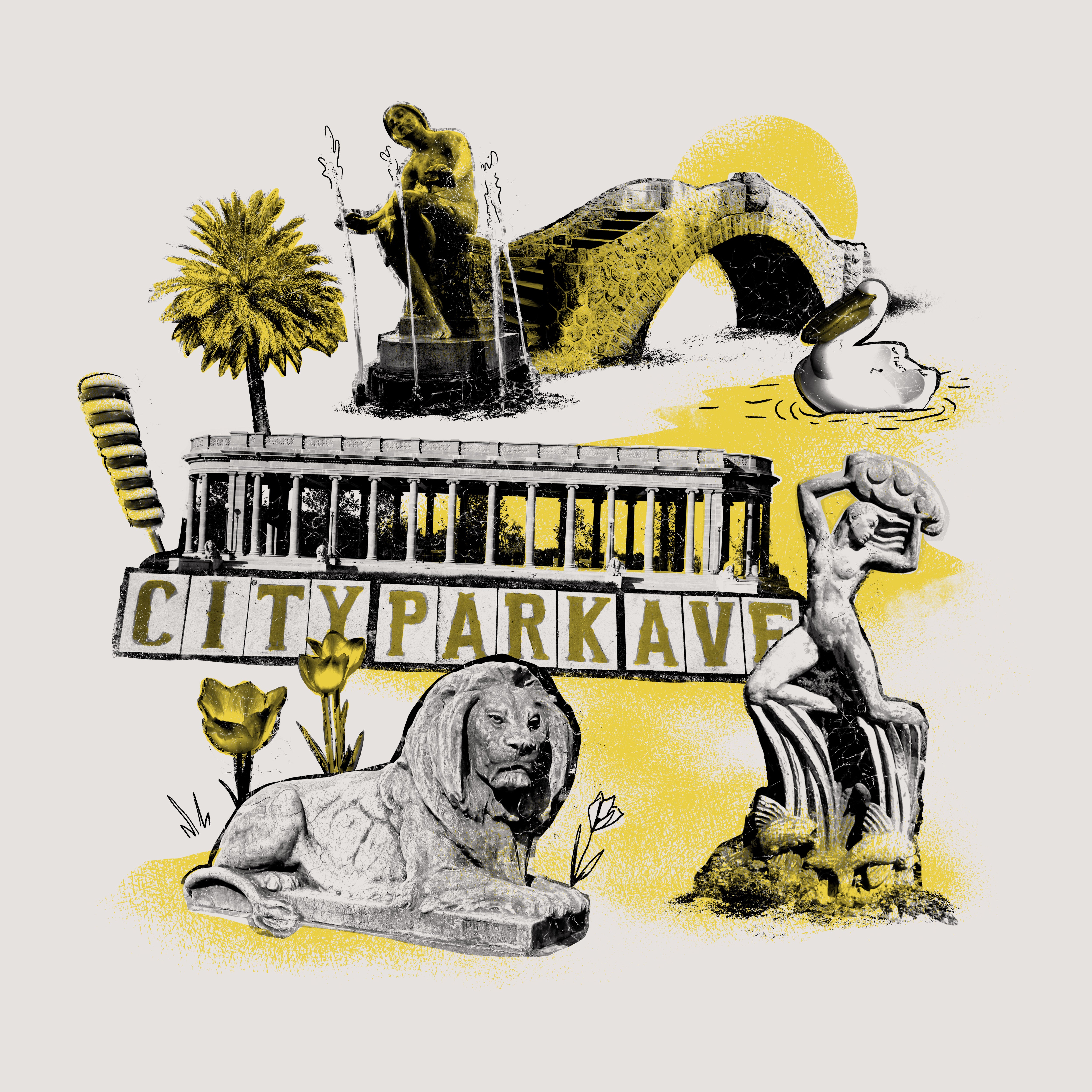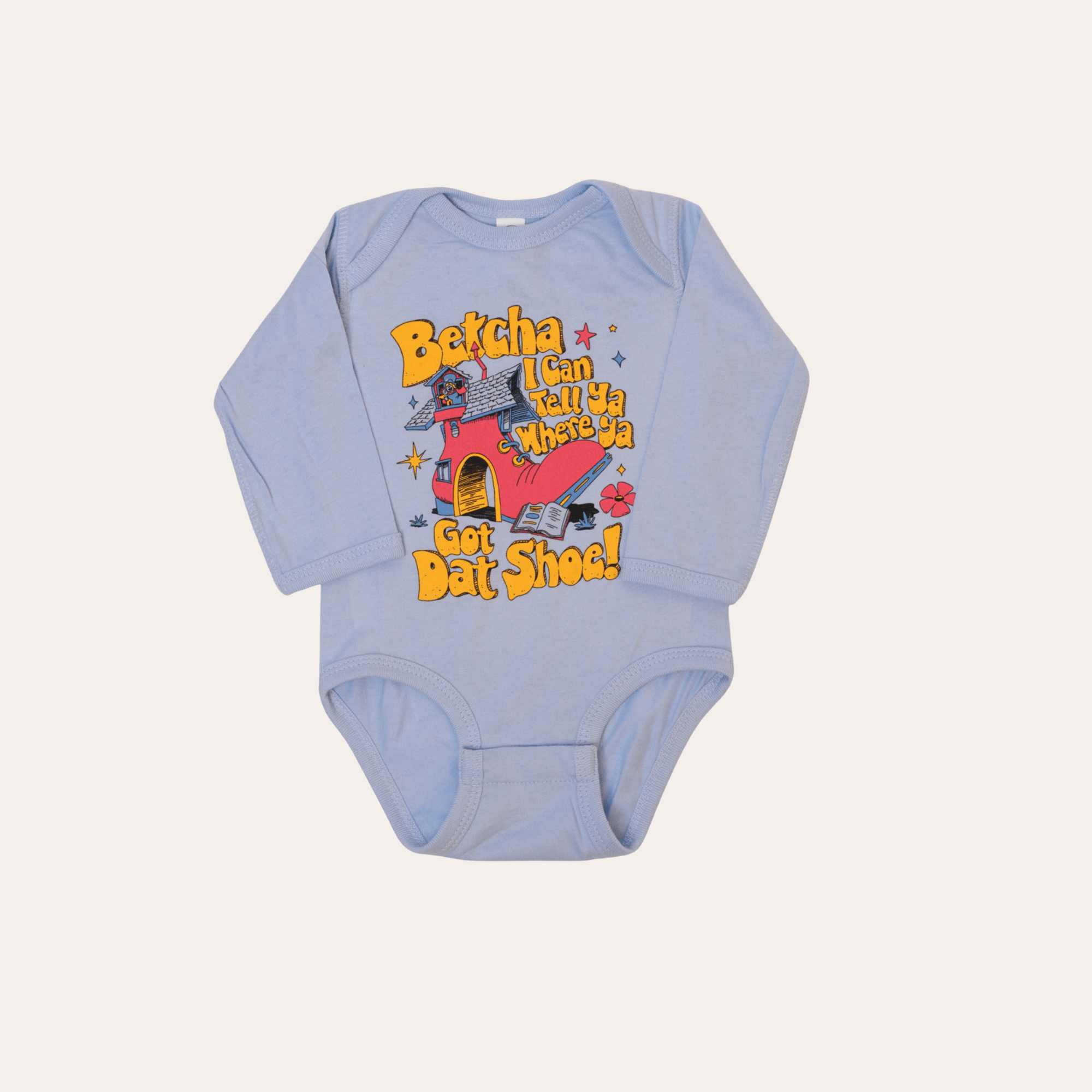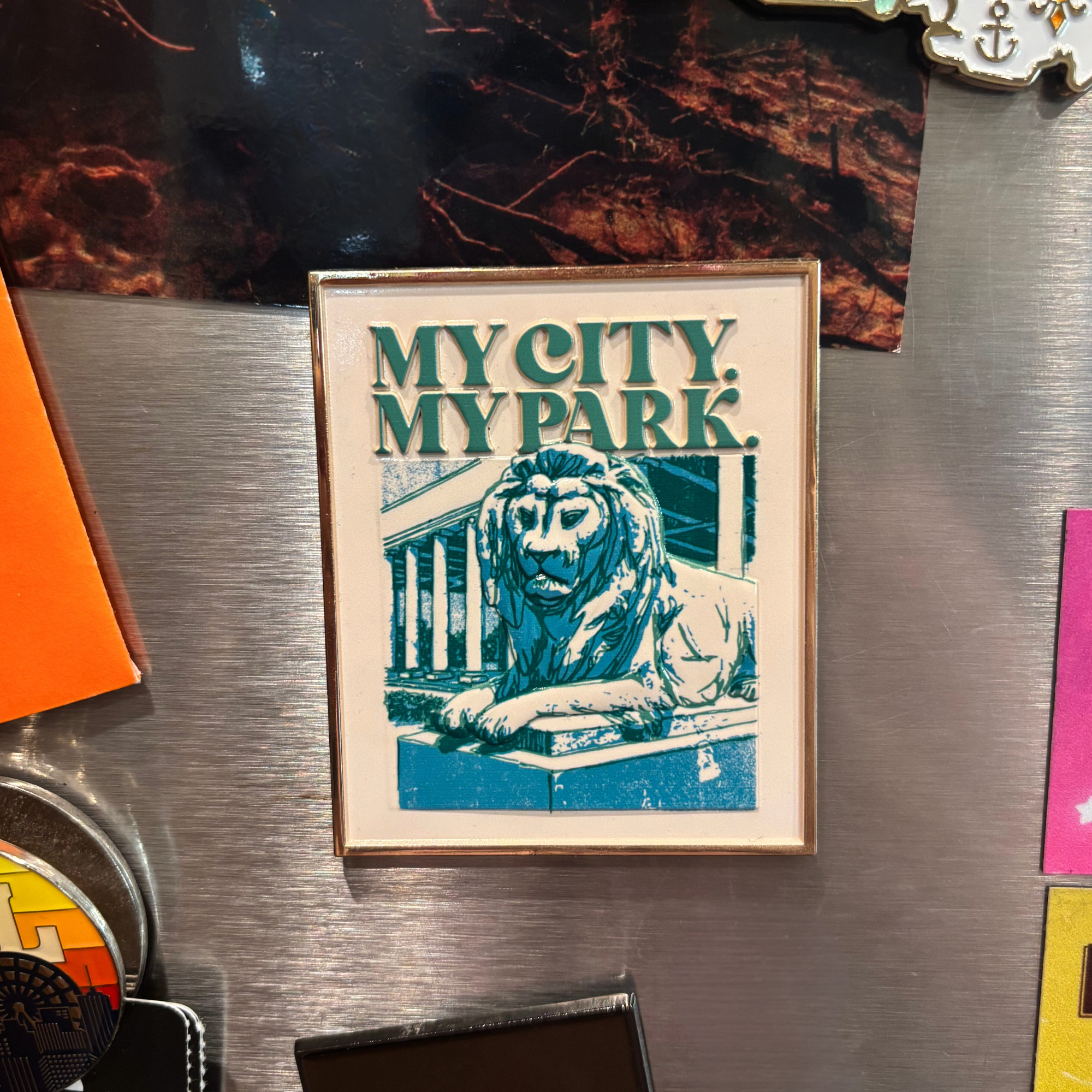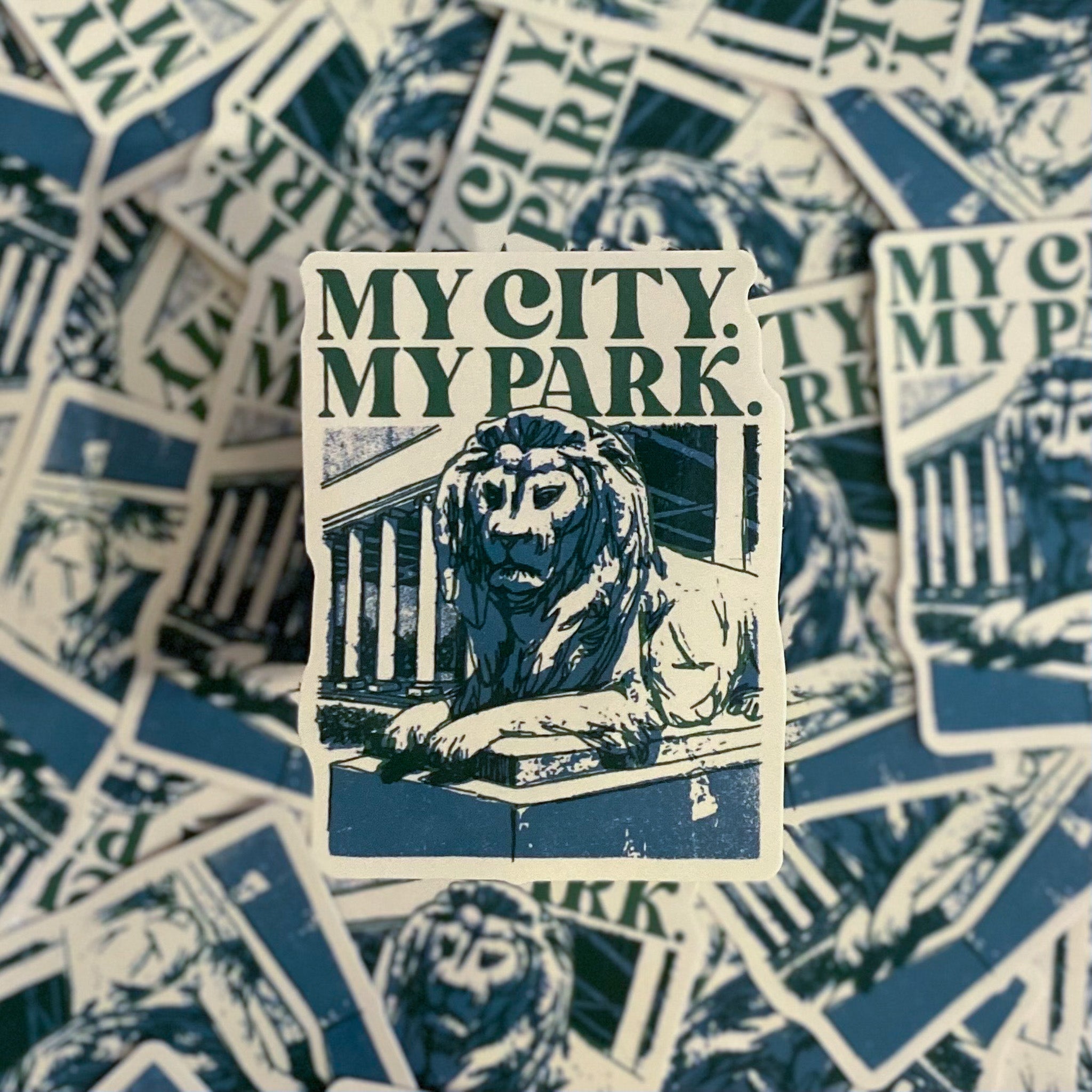Located right in the heart of New Orleans, City Park has always felt like one of the city’s great backyard spaces. In this place, locals wander under ancient oaks, kids chase ducks around the lagoons, and generations of families return to remember their favorite moments. As one of the country’s largest urban parks, its 1,300 acres stretch across the middle of the city like a long, green exhale. When you step inside, the noise drops, the breeze shifts, and you’re reminded why outdoor spaces matter so much here.
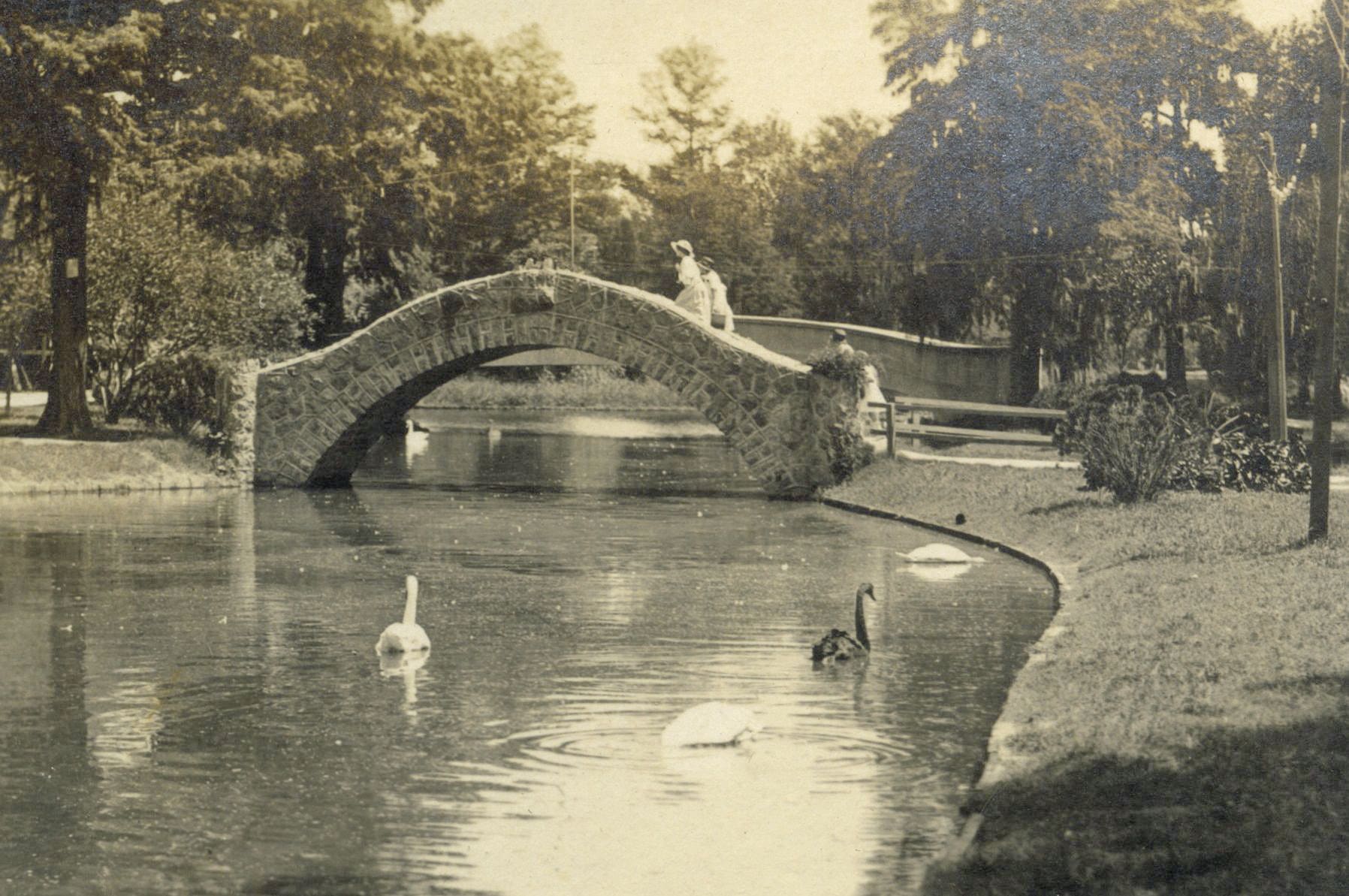
Origins and Early Days
The land that today hosts City Park once formed part of the old ridge line along Bayou Metairie and Bayou St. John, woodland and wet‐meadow terrain long used by Indigenous peoples and early settlers alike. In the early 19th century the property belonged to the Allard Plantation, established by a French family and operated with enslaved labor. In 1854, under philanthropist John McDonogh’s will, a tract of about 100 acres was deeded to the City of New Orleans for the express purpose of a public park. By the late 1800s the city authorized the formation of the City Park Improvement Association (1891) to manage the park, marking the formal shift toward civic green space and recreation.
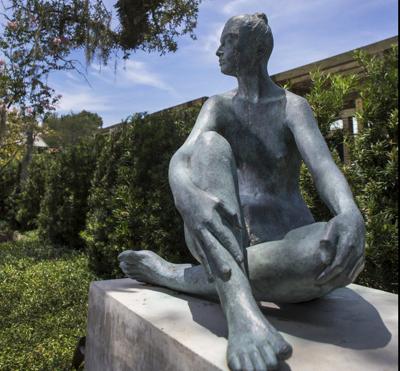
Early 20th-Century Growth and the WPA Era
The first decades of the 1900s brought major enhancements: the carriage roads, the lawn expanses, the carousel (opened 1897, updated in 1906) and other amusements, the expansion of land holdings, and the opening in 1911 of the New Orleans Museum of Art within the park. The 1930s were pivotal: under the federal Works Progress Administration (WPA) some $12 million (in 1930s dollars) was poured into roads, fountains, buildings and landscaping in City Park, employing thousands and transforming it into a modern public recreation facility. This era also solidified many of the live-oak groves, lagoons and cultural amenities that today define the experience of the park.
PHOTO BY CHRIS GRANGER/THE TIMES-PICAYUNE

Mid Century Through Civil Rights and Into Modernization
Post-World War II, City Park expanded its recreational footprint further, adding amusement rides, storybook gardens, tennis courts, golf courses, and family attractions. However, the park’s history reflects broader social dynamics; until 1958, segregation prevented African American children and families from accessing many of the park’s amenities. In the later decades of the 20th century, community and philanthropic engagement (e.g., “Friends of City Park”) helped fund restoration, maintenance and new programming, keeping the park vital and relevant in a changing city.

Challenges, Resilience, and the Contemporary Era
One of the defining chapters in City Park’s recent history came with Hurricane Katrina in 2005: levee failures flooded 95 % of the park, causing tens of millions of dollars in damage and destroying many trees and plant collections. In the aftermath, a massive recovery effort unfolded, driven by volunteers, donations, and renewed commitment to restoration and ecological resilience. Since then, City Park has adopted an updated master plan, deepened its cultural offerings (e.g., a sculpture garden and museum partnerships), and reinforced its identity as both an urban retreat and a dynamic, living institution of nature and art.

Custom Products With Select Partners
Our other company Bayou Brands helps to design, produce, market and fulfull merchandise for partner brands, small businesses and non-profits.
Reach Out To Collaborate
